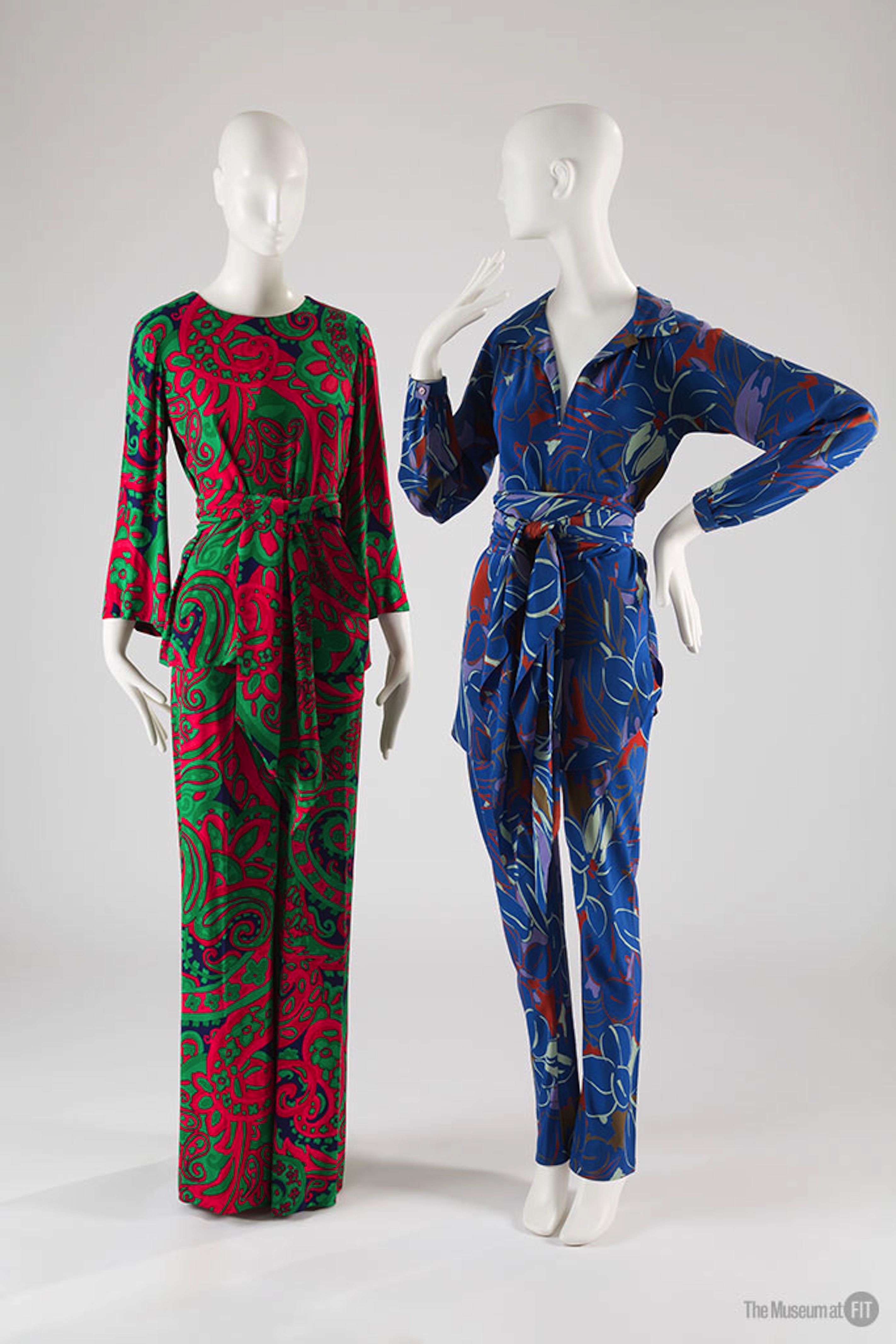In the spring of 2014, I responded to a call for book proposals for the AASLH series at Rowman & Littlefield. I’d worked for three years at the Quilt Index, an online archive of—you guessed it—quilts, and since receiving my Ph.D. in 2011, I’ve taught courses in digital museum studies at a couple different universities, so I had a lot to say about textile and fashion collections.
Two years later, Textile Collections: Preservation, Access, Curation, and Interpretation in a Digital Age covers a lot of territory—from how digital collections foster preservation to how artificial intelligence is improving the tagging of textile collections online to how the social web is transforming curatorial practice.

The social aspect was, for me, the most fun to research and write, and I hope it’s fun to read as well. With users on phones snapping and posting images from runway shows long before the clothes will ever appear in stores, the world of fashion is increasingly digital and fast-paced. As I note in the book, museum professionals can learn a lot from how laypeople post about fashion exhibitions and collections.
Academic discourse on fashion—the sometimes-arcane works of couturiers—can be baffling to laypeople. While historians of costume think and talk about dress using critical theory and disciplinary jargon, many of those outside the academy with a love of fashion have their own way of talking about their favorite pieces and designers online, perhaps most importantly their use of hashtags, the focus of this case study.
As on Twitter, Instagram, and other image-based social sites, Tumblr users provide commentary through the use of hashtags. Hashtags allow other users to search and find images and text-based posts, as well as to make observations or to annotate, explain, or clarify the posted image. For those with an interest in historic costume, hashtags often refer to designers or periods, for example #ysl (Yves Saint Laurent) or #1970s, or to the locations and celebrities who made the fashions famous, such as #studio54 and #jerryhall.

Halston and Yves Saint Laurent pajama sets, 1970s, Yves Saint Laurent + Halston: Fashioning the 70s, The Museum at FIT
Perhaps one of the most interesting things about how this nomenclature of tagging is evolving is that many of the most popular tags do not pertain to the object itself, but to the day on which it was posted, as in #museummonday or #tbt (throwback Thursday), or to the everyday changes that a designer faces, such as #designerproblems. Related to the #museummonday hashtag is the practice of posting to Tumblr photographs of museum exhibitions taken by the user in the brick and mortar world.
An analysis of posts made on Tumblr in response to visits to the Fashion Institute of Technology Museum’s exhibition Yves Saint Laurent + Halston: Fashioning the 70s reveals rich and consistent use of tagging, allowing other users to follow along with the exhibition. Pick up a copy of Textile Collections to learn how analyzing user-applied hashtags about fashion and comparing them to those words used in the headings of museum exhibit labels, or to the hashtags used by the museum’s own in-house social media campaign, can be a very enlightening exercise for museum professionals.
Ultimately, understanding how laypeople talk about and categorize high fashion (with more of an emphasis on particular colors and fabrics and on the personalities who wore the clothes) can lead to more visitor-friendly exhibit development and museum learning programs.
Adapted from Amanda Grace Sikarskie, Textile Collections: Preservation, Access, Curation, and Interpretation in a Digital Age (Rowman & Littlefield, 2016).
_________________________________
Amanda Sikarskie is Visiting Assistant Professor at Kendall College of Art & Design of Ferris State University in Grand Rapids, Michigan.
She is the author of the recent book with AASLH: Textile Collections: Preservation, Access, Curation, and Interpretation in a Digital Age. This book can be purchased through Rowman & Littlefield Publishers. AASLH members get 20% all books in the AASLH Series.



